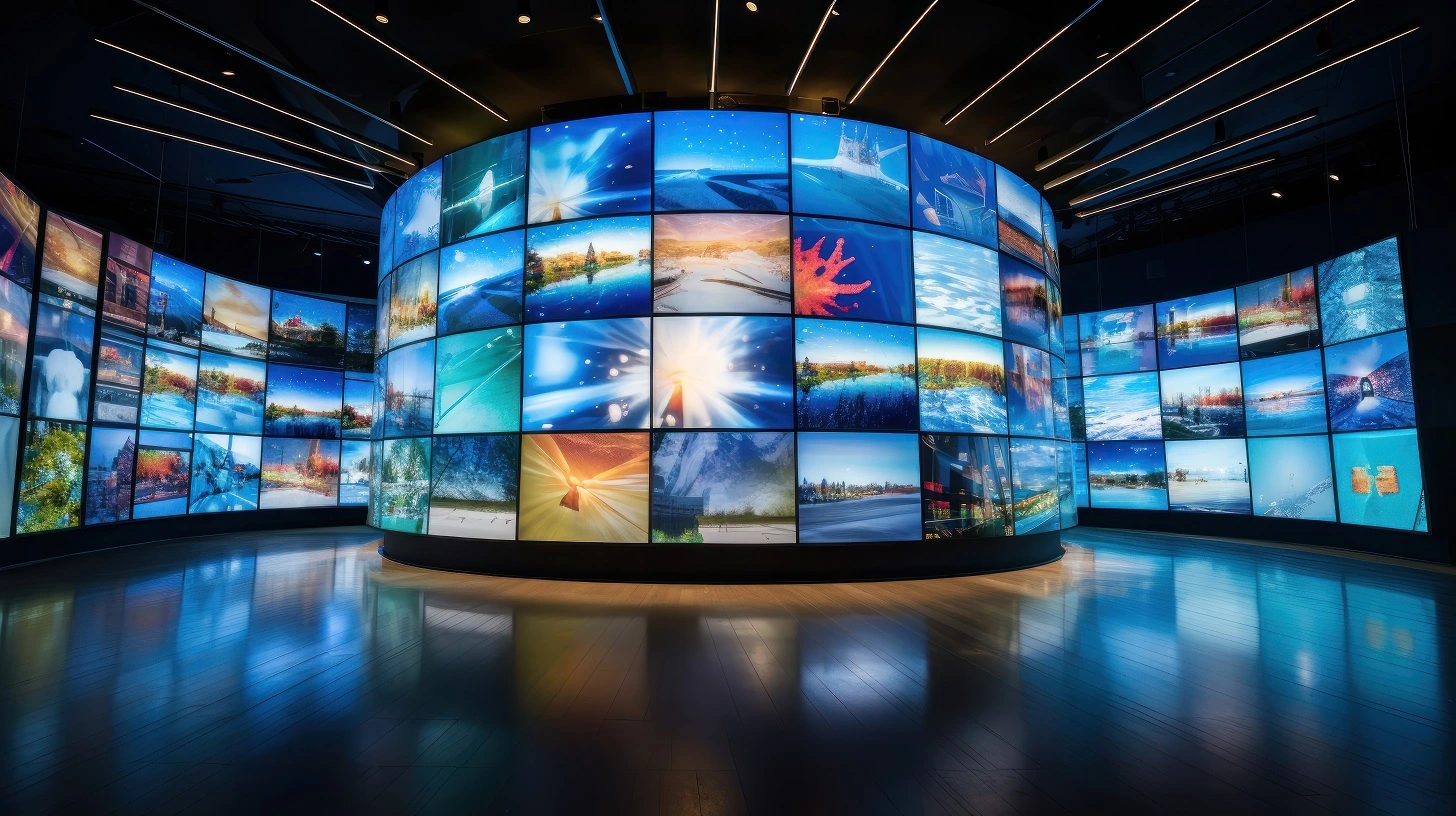The type of LED component used in a wall screen plays a significant role in its brightness. Various LEDs emit differing levels of lumens, which gauge the amount of light visible to the mortal eye. High-quality chips, such as those made using advanced technology, can produce more luminous light with higher efficiency. Furthermore, the hue tone of the Light Emitting Diode also influences perceived luminosity. For instance, colder color tones (higher Kelvin values) can seem more luminous than hotter ones, even at the same light output rating. This characteristic is vital for applications where clarity is crucial, such as in external advertising.
The substances used in the construction of LED panel panels also affect their luminosity. The kind of foundation and encapsulation materials can influence how much light is conducted versus how much is absorbed or dispersed. For example, a panel made with premium optical material will allow more illumination to pass through than one made with lower-grade materials. Additionally, the configuration of the panel, including its depth and the layout of the LEDs, can improve or diminish luminosity by influencing how illumination is distributed across the panel.
The power source provided to the LED panel panels is another critical element in determining luminosity. Each LED component has a particular voltage and electric flow need for ideal performance. If the power source falls short, the brightness of the screen will decrease. Conversely, providing too much energy can lead to excessive heat and decreased lifespan of the Light Emitting Diodes. Therefore, ensuring a stable and sufficient power source is essential for realizing consistent luminosity levels. This is particularly vital in dynamic displays, where luminosity may need to be adjusted for different additional resources illumination conditions.

Finally, environmental factors can affect how brightness is viewed. Ambient light conditions play a major role in how bright an Light Emitting Diode panel panel appears. In bright sunlight, for example, a panel with a lower luminosity rating may have difficulty to be seen clearly, while a higher-brightness screen can stand out more efficiently. Additionally, the angle from which the screen affordable led wall rentals is observed can affect luminosity perception due to how illumination reflects off surfaces. Understanding these factors helps buyers choose the appropriate LED panel panel for their needs and guarantees that producers produce products that satisfy luminosity expectations for various uses.